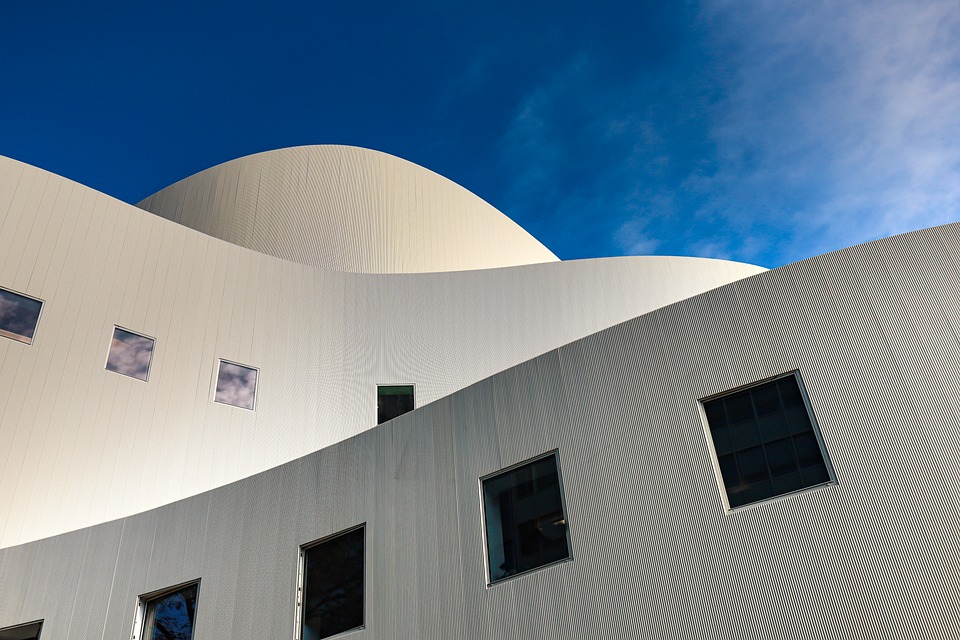Preserving the Past: Architectural Landmarks and Historic Preservation
Historic preservation plays a crucial role in maintaining the richness and diversity of the past. Architectural landmarks, in particular, provide a physical link to history and can offer valuable insights into the culture, society, and craftsmanship of past eras. From ancient ruins to grand palaces, these structures serve as a tangible connection to our collective heritage. However, as these landmarks age and face various threats, it becomes imperative to invest in their preservation to ensure they remain intact for future generations to appreciate.
The Importance of Architectural Landmarks
Architectural landmarks are more than just buildings – they are symbols of our past and reminders of the accomplishments and challenges faced by our ancestors. These structures can tell stories of triumph and tragedy, of innovation and tradition. They provide a sense of continuity and identity, grounding us in a shared history that shapes who we are as a society.
Moreover, architectural landmarks are often works of art in their own right, showcasing the creativity and skill of the architects and artisans who designed and built them. From intricate carvings to soaring arches, these structures represent the pinnacle of human achievement in architecture and engineering.
In addition to their cultural and artistic significance, architectural landmarks also have economic value. They can attract tourists, stimulate local economies, and enhance property values in surrounding areas. Preserving these landmarks can therefore have a positive impact on the communities in which they are located.
The Threats to Architectural Landmarks
Despite their importance, architectural landmarks face a number of threats that can jeopardize their preservation. Natural disasters, such as earthquakes, floods, or storms, can cause significant damage to these structures. Environmental factors, such as pollution or climate change, can also accelerate their deterioration.
Furthermore, neglect, vandalism, or development pressures can put architectural landmarks at risk. Without proper maintenance and protection, these structures can fall into disrepair and eventually be lost forever. As urban areas expand and modernization takes precedence, historic buildings are often seen as obstacles to progress rather than assets to be preserved.
The Role of Historic Preservation
Historic preservation is the practice of protecting and conserving historic buildings, sites, and artifacts for future generations. It involves a range of activities, including research, documentation, restoration, and adaptive reuse. By preserving architectural landmarks, we can ensure that they continue to serve as sources of inspiration, education, and community pride.
One of the key principles of historic preservation is the concept of “adaptive reuse,” which involves finding new uses for historic buildings that may no longer be suitable for their original purpose. By repurposing these structures, we can breathe new life into them while still respecting their historical integrity.
Historic preservation also involves working with governments, organizations, and communities to develop policies and incentives to protect architectural landmarks. This can include zoning regulations, tax incentives, and grants to encourage property owners to maintain and restore historic buildings. By creating a supportive environment for preservation efforts, we can help ensure that these structures remain standing for future generations to enjoy.
Challenges and Opportunities in Historic Preservation
While historic preservation is essential for safeguarding our architectural heritage, it is not without its challenges. Limited funding, competing priorities, and regulatory hurdles can make it difficult to prioritize preservation projects. Additionally, lack of awareness or interest in historic buildings can lead to their neglect or demolition.
However, there are also opportunities to overcome these challenges and promote historic preservation. Public awareness campaigns, educational programs, and partnerships with businesses and community organizations can help raise the profile of architectural landmarks and garner support for their preservation. By highlighting the cultural, economic, and social value of historic buildings, we can build a strong case for investing in their protection.
The Future of Architectural Landmarks
As we look to the future, it is important to remember the significance of architectural landmarks and the role they play in preserving our shared heritage. By investing in historic preservation efforts, we can ensure that these structures continue to stand as testaments to the past and sources of inspiration for future generations.
Through collaboration, innovation, and community engagement, we can overcome the challenges facing architectural landmarks and create a sustainable future for these valuable assets. By working together to protect and promote our architectural heritage, we can ensure that these landmarks remain vibrant and relevant for years to come.
